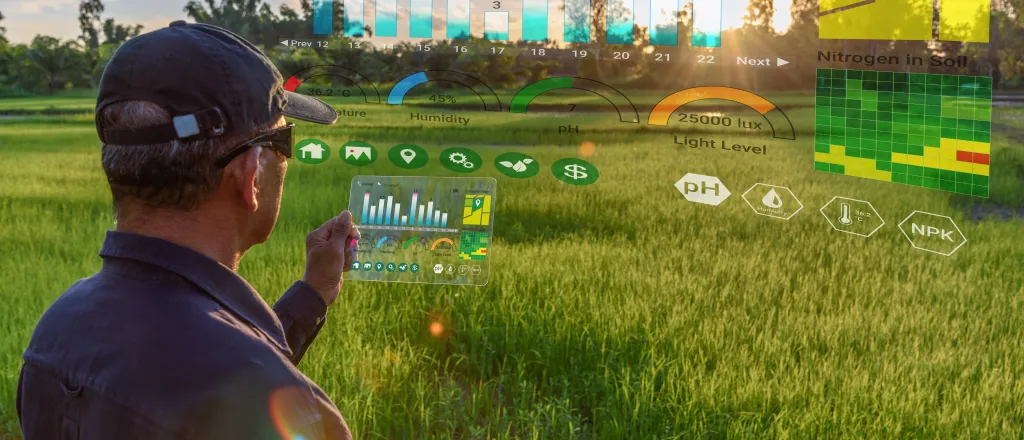
Ag stats: Colorado crop progress and condition report – week ending March 20, 2022
Minimal precipitation and windy conditions persisted across the state last week, according to the Mountain Region Field Office of the National Agricultural Statistics Service, USDA.
According to the U.S. Drought Monitor, 92 percent of the state is under drought conditions, unchanged from last week. Concerns remain regarding long-term moisture deficits, with 57 percent of the state experiencing severe to exceptional drought conditions, and 8 percent facing extreme drought conditions, up 2 percent from last week.
In northeastern and east central counties, some moisture was received last week. Recent precipitation improved short-term outlooks for fall seeded crops and imminent spring planting. Calving and lambing continued. Impact of moisture on pasture condition remains to be seen, but is expected to support early cool season grass growth as pastures begin to green up.
Southwestern counties remained dry, but minimal precipitation was observed last week. Calving and lambing were in full swing, supported by relatively mild weather. A county report noted the weather is warming and fields are greening up, but without more moisture the summer outlook is bleak.
In the San Luis Valley, precipitation was limited over the last week and some field preparation began. A reporter noted the start of barley planting is still a couple weeks out.
In southeastern counties, recent moisture benefitted fall seeded crops and cool season pasture grasses. A county report noted high winds were still prevalent in the area, and wind chill could be harmful to calves and lambs. Overall, calving and lambing continued with few issues, with 55 percent of cows calved and 41 percent of ewes lambed.
As of March 20, 2022, snowpack in Colorado was 99 percent measured as percent of median snowfall. The Southwest and San Luis Valley were 104 and 100 percent, respectively.
Stored feed supplies were rated 2 percent very short, 15 percent short, 79 percent adequate, and 4 percent surplus.
Sheep death loss was 60 percent average and 40 percent light.
Cattle death loss was 81 percent average and 19 percent light.
å | ||||
Commodity | Current week | Previous week | Previous year | 5-year average |
(percent) | (percent) | (percent) | (percent) | |
Winter wheat | ||||
Pastured | 5 | 5 | 17 | 12 |
Cattle and calves | ||||
Cows calved | 55 | 41 | 50 | NA |
Sheep and lambs | ||||
Ewes lambed | 41 | 36 | 45 | NA |
DAYS SUITABLE FOR FIELDWORK AND SOIL MOISTURE CONDITION | ||||
Current week | Previous week | Previous year | 5-year average | |
Days suitable for fieldwork | 3.7 | 2.8 | 3.0 | 4.5 |
Topsoil moisture | (percent) | (percent) | (percent) | (percent) |
Very short | 13 | 18 | 14 | 12 |
Short | 34 | 38 | 27 | 26 |
Adequate | 52 | 43 | 57 | 59 |
Surplus | 1 | 1 | 2 | 3 |
Subsoil moisture | ||||
Very short | 21 | 26 | 31 | 13 |
Short | 51 | 45 | 46 | 30 |
Adequate | 28 | 29 | 23 | 56 |
Surplus | -- | -- | -- | 1 |
CROP, LIVESTOCK, PASTURE AND RANGE CONDITION | ||||
Commodity | Current week | Previous week | Previous year | 5-year average |
(percent) | (percent) | (percent) | (percent) | |
Pasture and range | ||||
Very poor | 16 | 19 | 25 | 10 |
Poor | 21 | 25 | 23 | 18 |
Fair | 40 | 40 | 32 | 37 |
Good | 21 | 13 | 17 | 31 |
Excellent | 2 | 3 | 3 | 4 |
Winter wheat | ||||
Very poor | 14 | 15 | 16 | 7 |
Poor | 23 | 25 | 13 | 16 |
Fair | 44 | 42 | 38 | 32 |
Good | 19 | 18 | 29 | 38 |
Excellent | -- | -- | 4 | 7 |
Livestock | ||||
Very poor | 1 | 1 | 4 | 2 |
Poor | 7 | 7 | 11 | 5 |
Fair | 19 | 18 | 37 | 28 |
Good | 62 | 66 | 40 | 58 |
Excellent | 11 | 8 | 8 | 7 |














